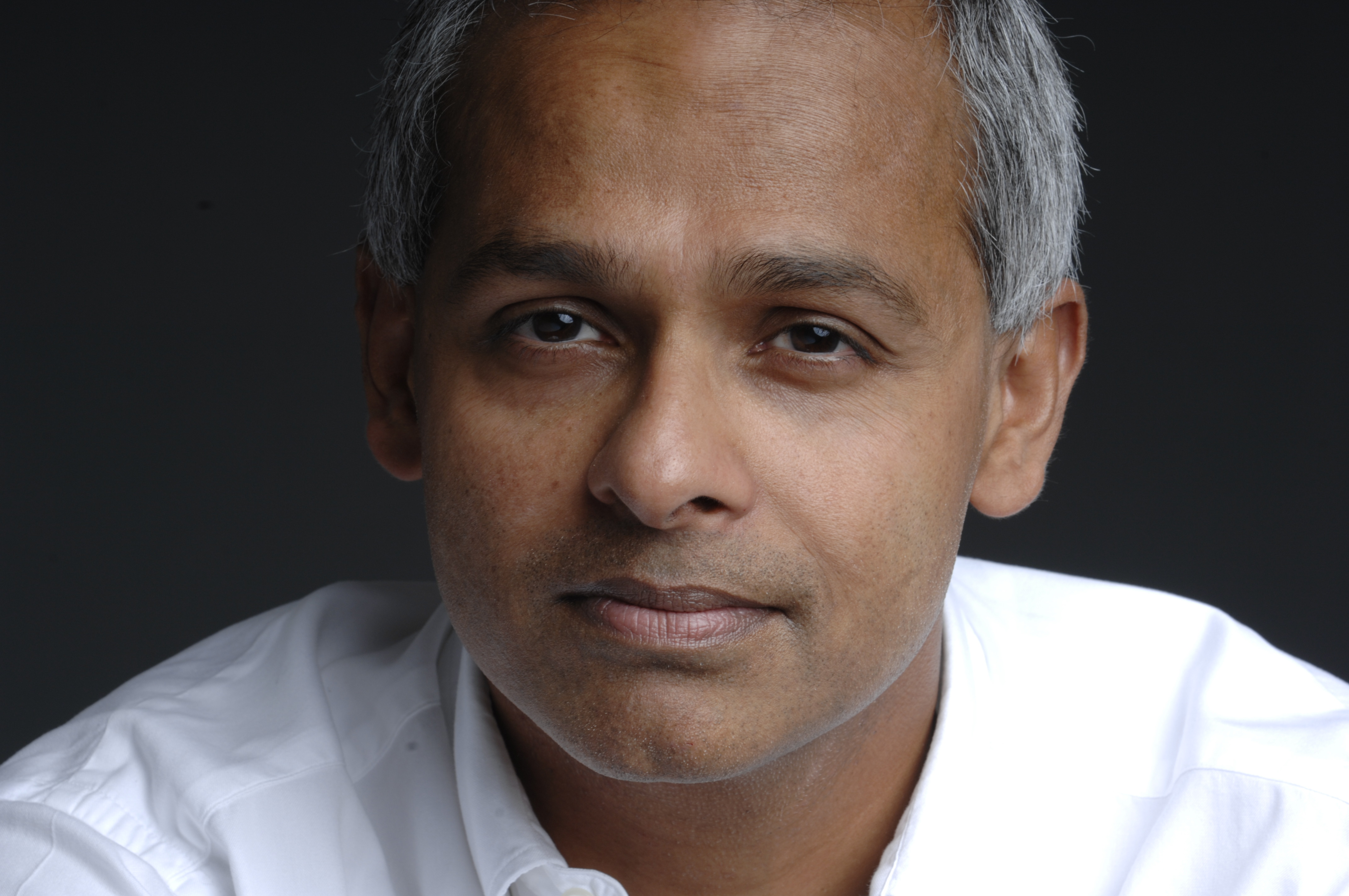
In the aftermath of the financial crisis that broke out in September 2008, after the investment bank Lehman Brothers went bust, central banks all across the Western world drove interest rates close to 0%.
This was referred to as the zero interest rate policy or ZIRP. The hope was that with ZIRP the interest rates on loans offered by banks would remain very low and in that environment people would borrow and spend more.
They would buy more cars…More homes…More TVs..
And this would ensure an economic recovery. QED.
But things did not turn out to be as simple as that. As Satyajit Das writes in his new book The Age of Stagnation—Why Perpetual Growth is Unattainable and the Global Economy is in Peril: “Low rates also discourage savings. But sometimes, in a complex cycle of cause and effect, they may perversely reduce consumption as lower returns force people to save more for future needs.”
And in fact low interest rates may also lead to lower consumption. How is that possible? As Das writes: “Citigroup equity strategist Robert Buckland has argued that low rates and QE reduce employment and economic activity, rather than increasing them. These policies encourage a shift from bonds into equities.”
Interestingly, those who have retired from work have had to shift their money into stocks because of low interest rates. As Das writes: “In October 2014 an American retiree with US$1 million invested in secure, two-year US government bonds would have earned US$3900 in annual interest, 92 percent less than the US$48,000 they would have received in 2007. The retired and savers in advanced economies were forced to purchase riskier securities or invest in dividend-paying stocks to earn a return.”
And these investors were looking for income from the investments they had made in stocks. As Das writes: “As investors are looking for income rather than capital growth, they force companies to increase dividends and undertake share buybacks. To meet these pressures, companies must boost cash flow and earnings, by shedding workers and reducing investments to cut costs. The process increases share prices and returns for shareholders of the company, but is bad for the overall economy.”
What does this mean? With interest rates on bank deposits and other fixed income investments at very low levels, people have moved their money to equity. These investors force companies to increase dividends and at the same time buyback its own shares. When a company buys back its own shares a lesser number of shares remain in the open market, pushing up the earnings per share. With fewer shares going around, it also increases the chances of a higher dividend per share.
Interestingly, with interest rates at such low levels, companies have been borrowing money to buy back their own shares. As Albert Edwards of Societe Generale wrote in a research note in November: “The primary driver for the rapid rise in bank lending…has been borrowing by US corporates and we all know they have been using the Fed’s free money not to invest in capacity expanding expenditures, but rather to buy back mountains of their own shares…Corporate debt borrowing at an $674bn annual rate [is] closing in rapidly on the all-time borrowing splurge of 2007!”
Also, in the pressure to boost earnings companies have had to fire people and at the same time reduce investments to cut costs. This has led to hire share prices but it has also led to a situation where employees have been fired from their existing jobs and new jobs haven’t been created. Any person who has been fired or is likely to be fired is unlikely to go out shopping, as the basic idea behind lower interest rates is.
This has an impact on consumption and economic growth. Hence, in a very perverse sort of way, low interest rates may have had a negative impact on consumption. And this has meant economic growth has not recovered as fast as it was expected to.
Also, the ZIRP has pushed up stock markets all over the developed world and in the process helped the rich become richer. As L Randall Wray writes in Why Minsky Matters—An introduction to the Work of a Maverick Economist: “According to a study by Pavlina Tcherneva, 95 percent of the benefits of the recovery from the global financial crisis have gone to the top 1 percent of the income distribution. Another study finds that the top one-thousandth (top 0.1 percent) of the U.S. population now owns fifth of all the wealth.”
The trouble is that the rich do not increase their consumption if they get richer. As Das writes: “Higher income households have a lower marginal propensity to consume, spending a lower portion of each incremental dollar of income than those with lower incomes. US households earning US $35,000 consume an amount from each additional dollar of income that is around three times that of a household with an income of US$200,000. Given that consumption constitutes around 60-70 percent of economic activity, concentration of income at the higher end limits growth in demand.”
And this explains why low interest rates through large parts of the Western world haven’t had the kind of impact that they were expected to. What this tells us is that there are no universal solutions to problems even though economists and politicians often sound very confident while offering them.
And this is something dear readers that you need to keep in mind the next time you hear a politician or an economist, talk about the economy, with great confidence. Economics is not an exact science.
Disclosure: Satyajit Das wrote the foreword to my book Easy Money: Evolution of Money from Robinson Crusoe to the First World War
The column appeared on the Vivek Kaul Diary on January 18, 2016